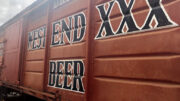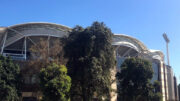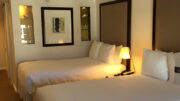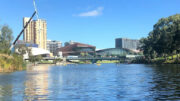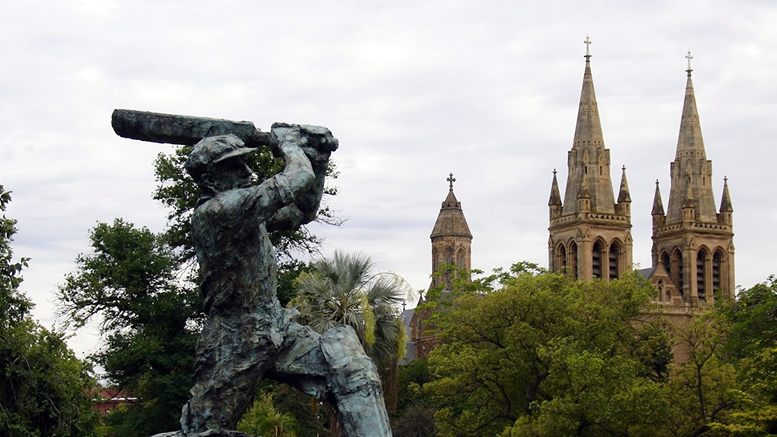
Adelaide was originally inhabited by the Kaurna people, who lived in a region extending south towards Cape Jervis and north towards Port Wakefield.
Surveyor-General, Colonel William Light created its remarkable design for the site which became Adelaide, on the banks of the Torrens River, in December 1836 Naming the town Adelaide after Queen Adelaide, wife of the British King William IV.
Unlike many of the other Australian cities, Adelaide was settled by free people – there is no convict history. This was also one of the reasons the city didn’t receive any British Government financial backing. This ended up being a benefit to Adelaide as it meant much of its wealth stayed.
The City attracted many people fleeing their homelands from civil and religious liberty between 1830-1850. This gave the town a very European feel, and many European like satellite villages, were built including the German settlements of Hahndorf, Klemzig and Lobethal, where the South Australia’s wine industry was founded.
The 1870s and 80s saw good times for the city with wheat crops and other- this saw the erection of many churches and public buildings- many can be still seen today.
After the World Wars many more immigrants moved to Adelaide, including a huge Italian population- this added to the European flavour.
The late 1960s and 1970s saw massive political reform, South Australia was at the forefront of many of Australia’s law reforms. Land rights for Ingenious, Sexual Equality, Racial Discrimination bans and end to capital punishment were, but a few of the legislations pushed through the South Australian Parliament.
Adelaide is known today for its festivals, with its arts festival on even years being one of the world’s finest. The wine industry is world-class and Adelaide is booming with good times ahead.

